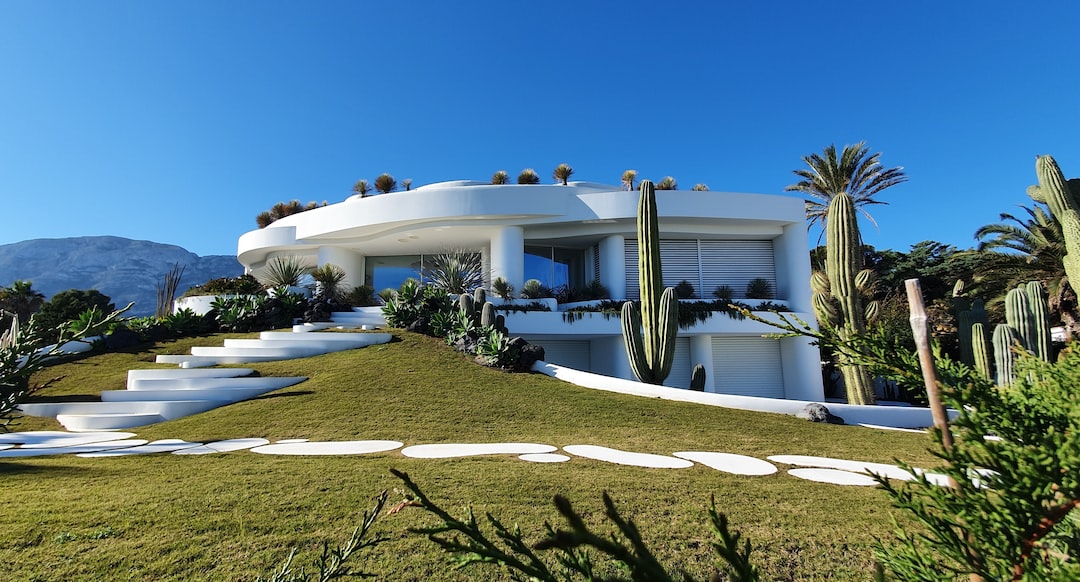When it comes to buying a house, there are several factors that come into play. Location, price, and size are some of the most common considerations. However, with the increasing importance of sustainability and environmental responsibility, it is crucial to also take into account the eco-friendly features of the house you are planning to purchase.
Energy Efficiency
One of the key features to consider when buying an eco-friendly home is its energy efficiency. Look for houses that have energy-saving appliances, such as Energy Star certified refrigerators, dishwashers, and washing machines. These appliances are designed to consume less energy, helping you save money on utility bills while reducing your carbon footprint.
Insulation is another crucial aspect to consider. A well-insulated home prevents heat from escaping during winter and keeps it out during summer, reducing the need for excessive heating or cooling. Insulation not only improves energy efficiency but also ensures a comfortable living environment.
Renewable Energy Sources
Homes that utilize renewable energy sources like solar panels, wind turbines, or geothermal heating and cooling systems are increasingly popular among environmentally conscious buyers. These energy sources are not only sustainable but also reduce the reliance on traditional fossil fuels, combating climate change and reducing air pollution.
Water Conservation
Water is a precious resource that we must conserve. Look for homes with water-efficient fixtures, such as low-flow toilets, showerheads, and faucets. These fixtures use less water without compromising functionality, helping you save on your water bills while reducing water waste. Additionally, rainwater harvesting systems can be a great addition to a home, allowing you to collect and reuse rainwater for various purposes, such as watering plants or flushing toilets.
Natural Lighting
A well-designed home will have plenty of natural lighting, reducing the need for artificial lighting during the day. Large windows and skylights allow sunlight to illuminate the interior, creating a bright and airy atmosphere. Not only does this save energy, but it also boosts your mood and productivity.
Green Materials and Construction
Consider homes that have been built with sustainable materials such as bamboo flooring, reclaimed wood, or recycled steel. These materials are not only environmentally friendly but also durable and long-lasting. Additionally, eco-friendly homes should be constructed with non-toxic and low VOC (volatile organic compounds) materials, ensuring a healthy indoor environment for you and your family.
Landscaping and Outdoor Spaces
An eco-friendly home is not just about the house itself but also extends to the surrounding landscape. Look for homes with native plants in the garden, as they require less water and maintenance compared to exotic species. Native plants also provide habitat for local wildlife, contributing to the overall biodiversity.
Consider houses that have outdoor spaces designed for sustainable practices, such as composting areas or vegetable gardens. These features allow you to compost food scraps and grow your own organic produce, reducing waste and promoting a healthier lifestyle.
In conclusion, buying an eco-friendly home is a step towards a more sustainable future. Energy efficiency, renewable energy sources, water conservation, natural lighting, green materials, and landscaping are some of the key features to consider when making a sustainable choice. By prioritizing these features, you not only contribute to the preservation of the environment but also create a healthier, more comfortable living space for you and your family.


